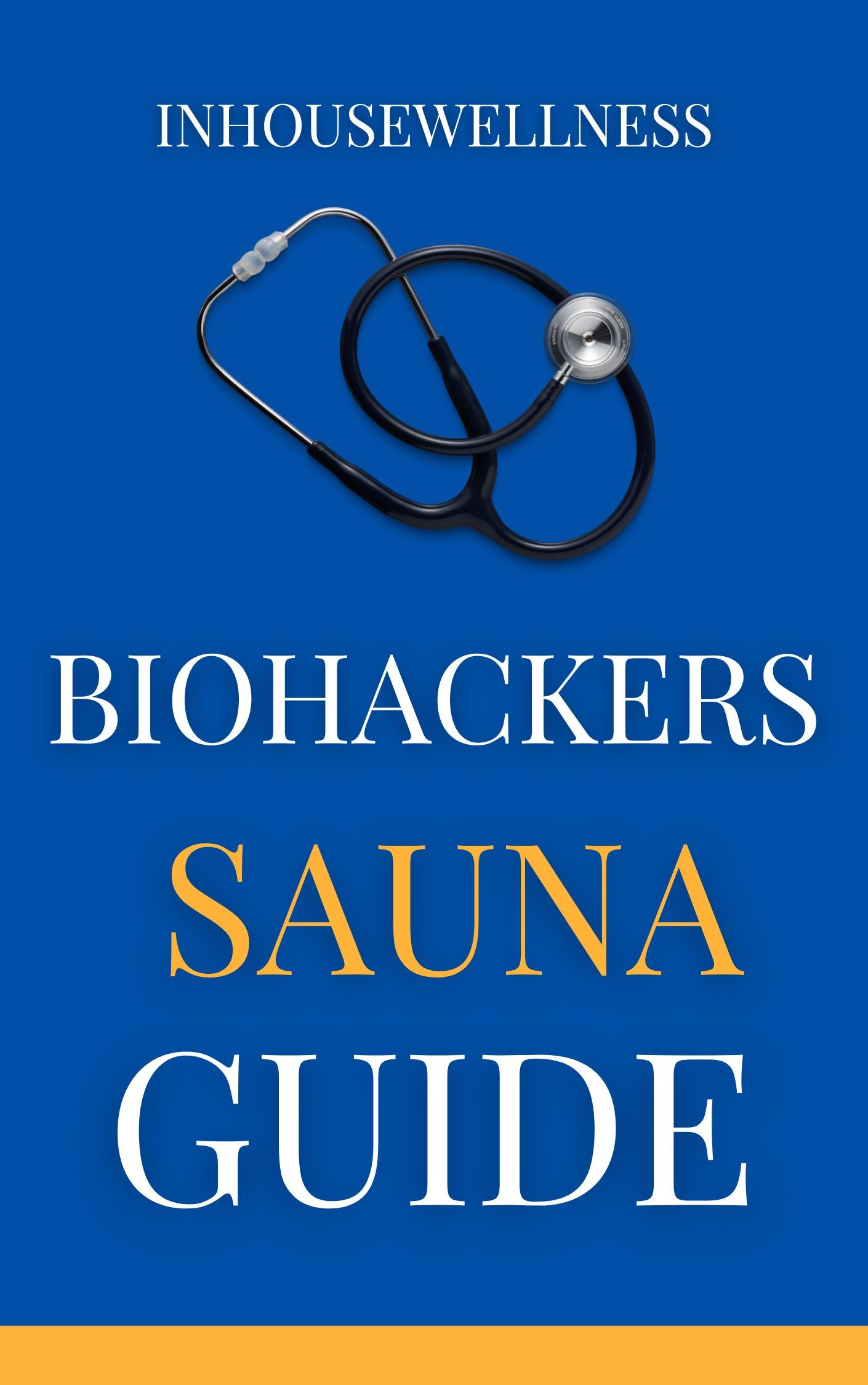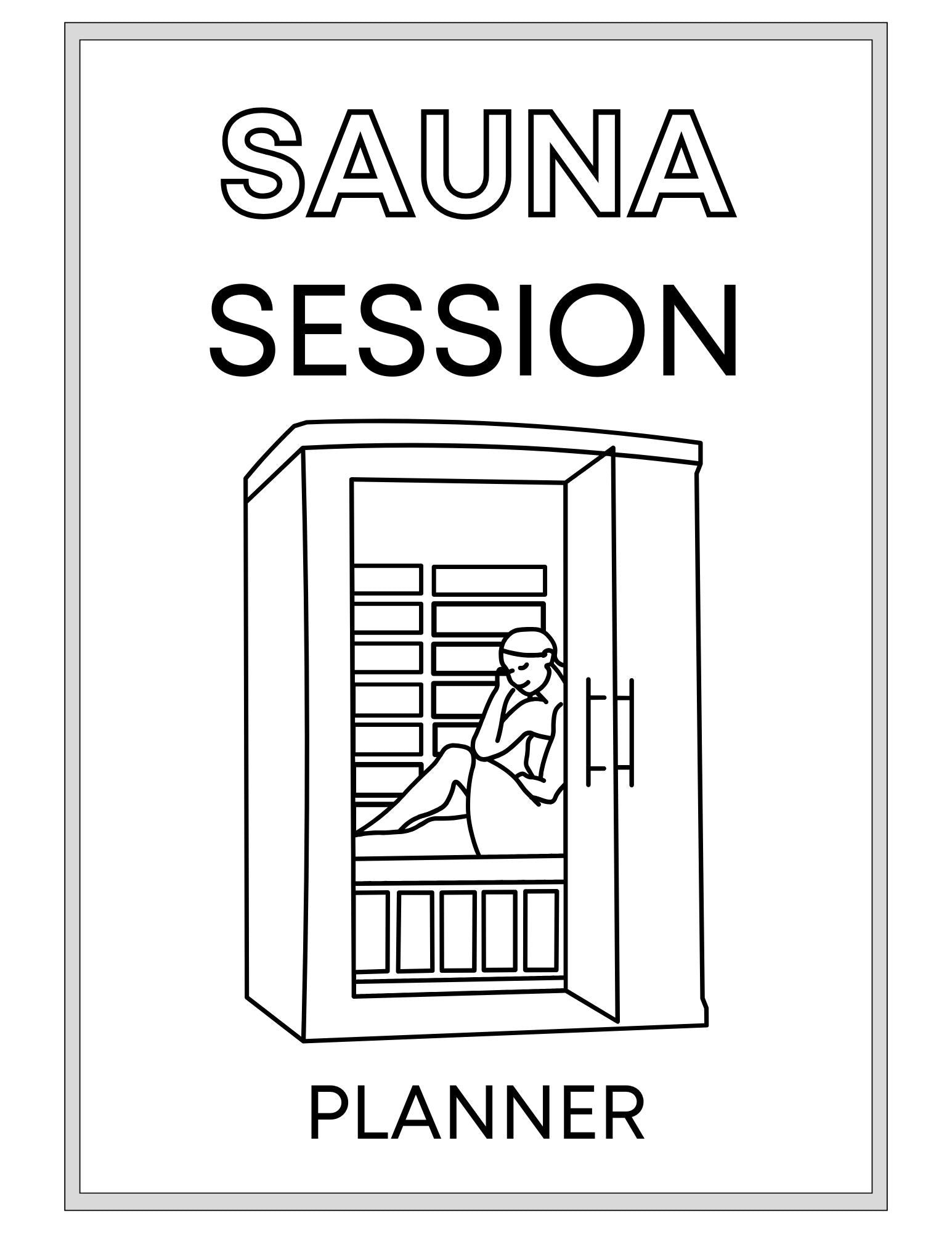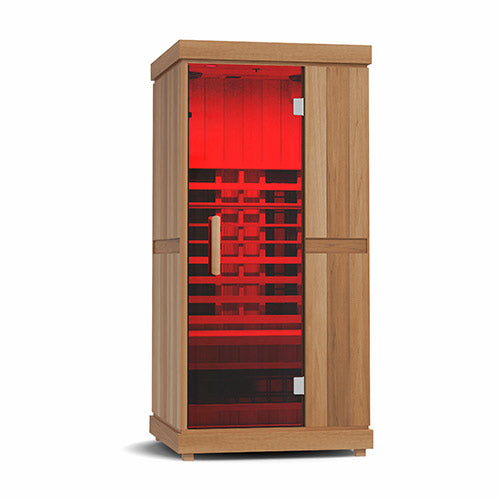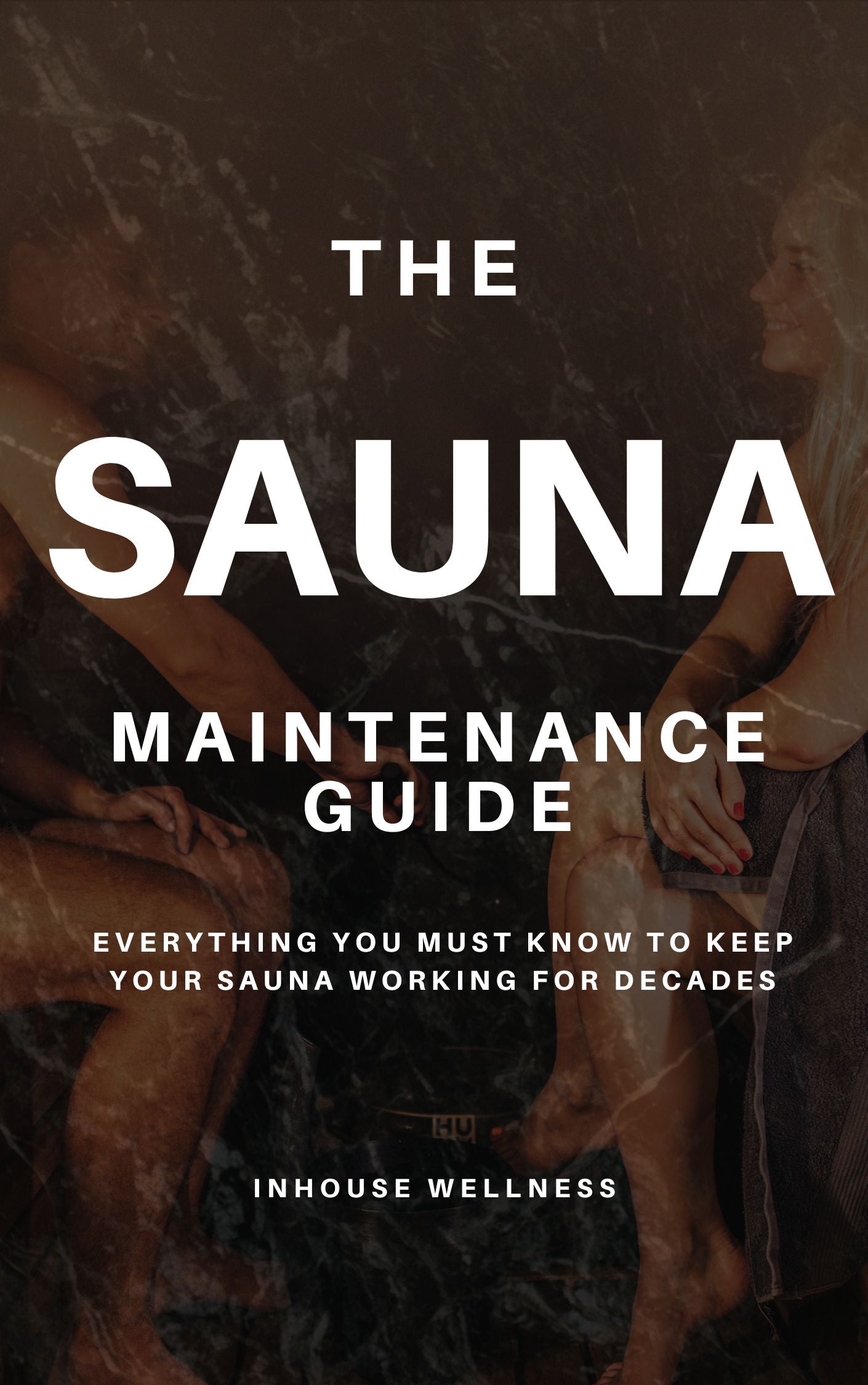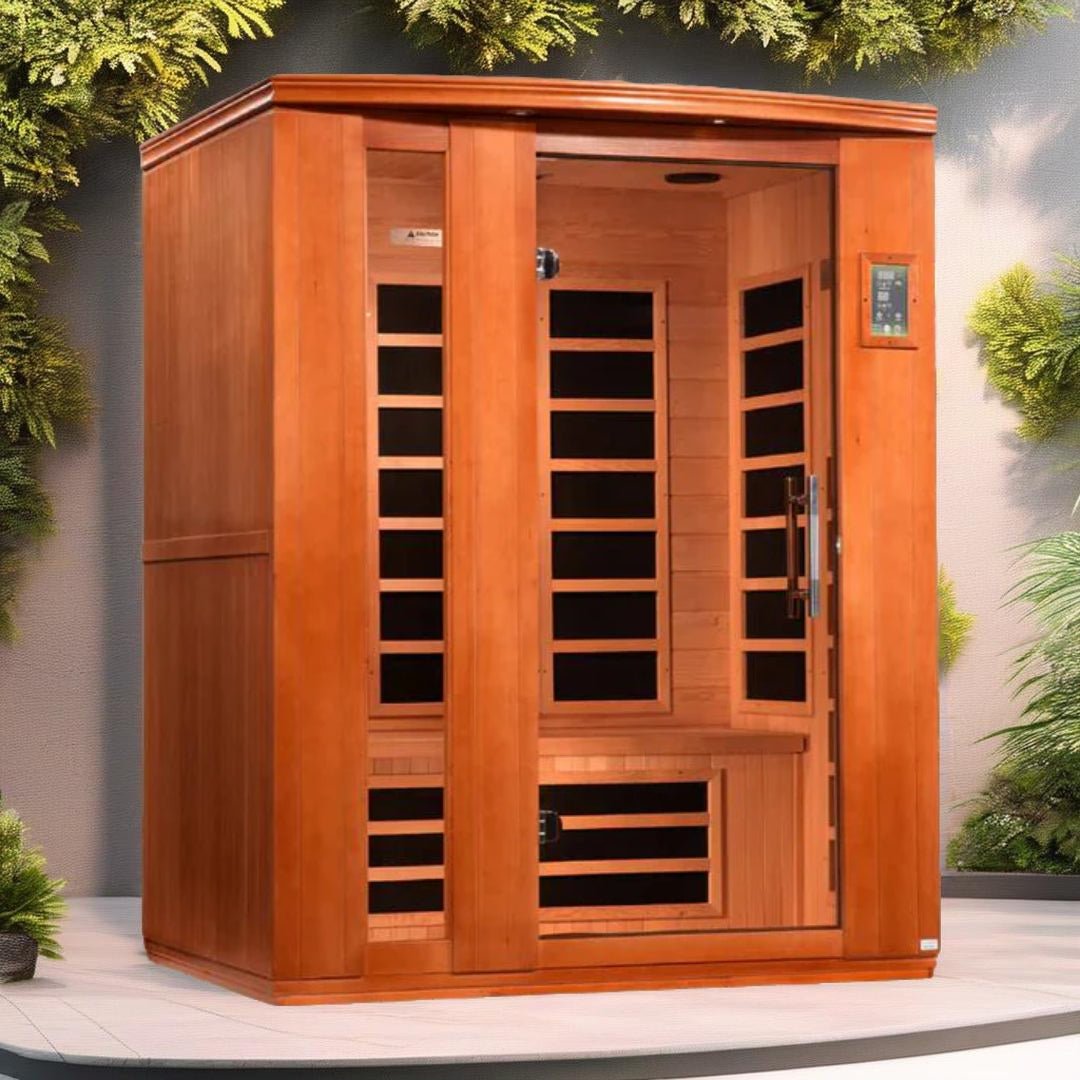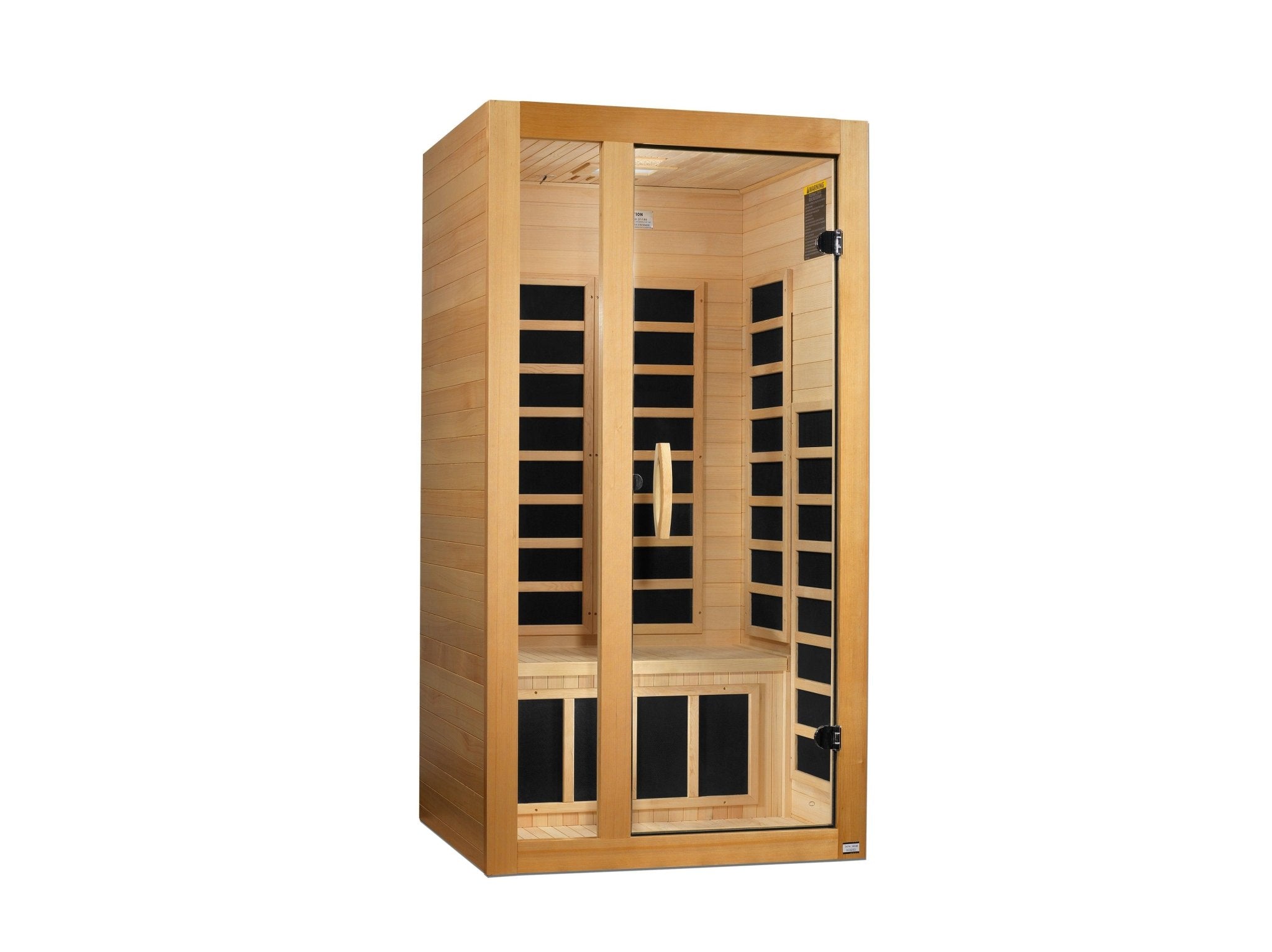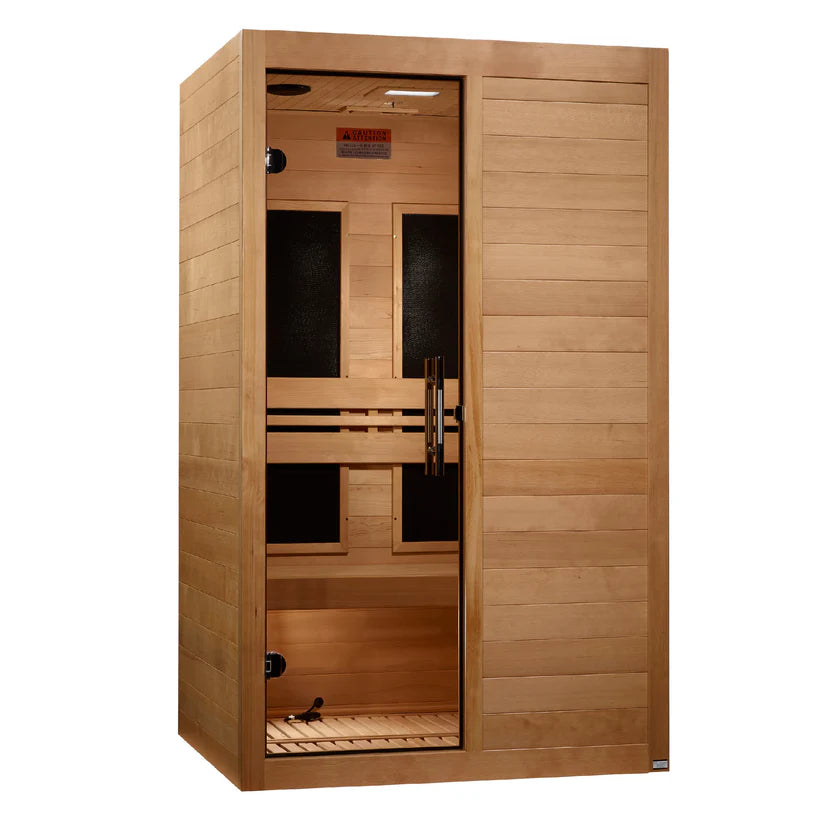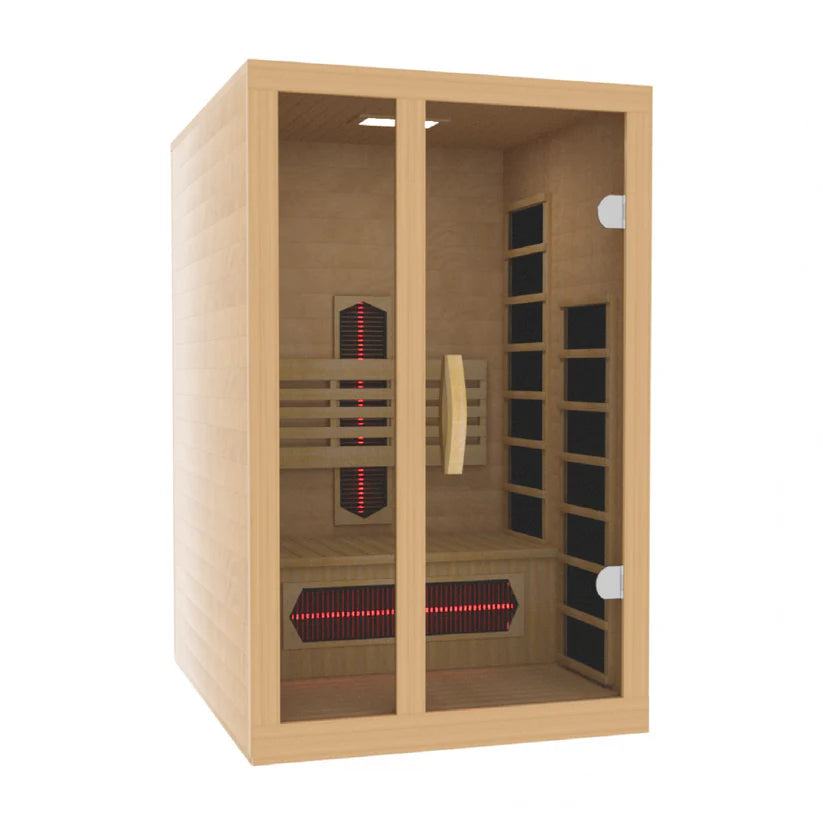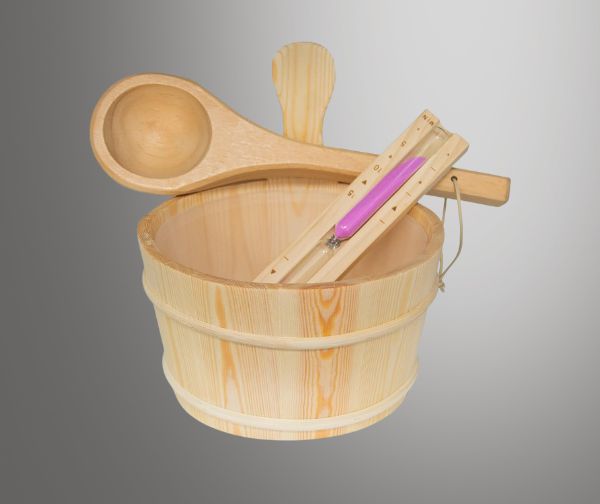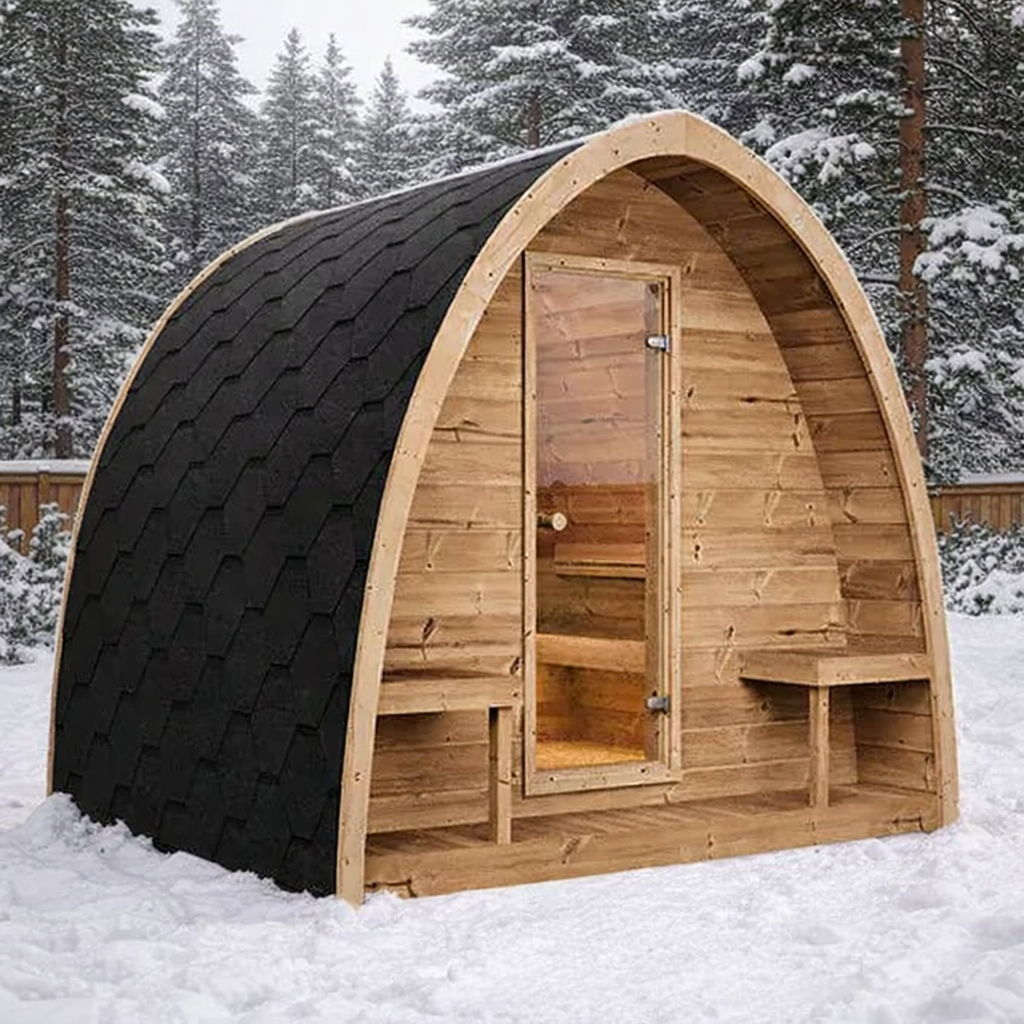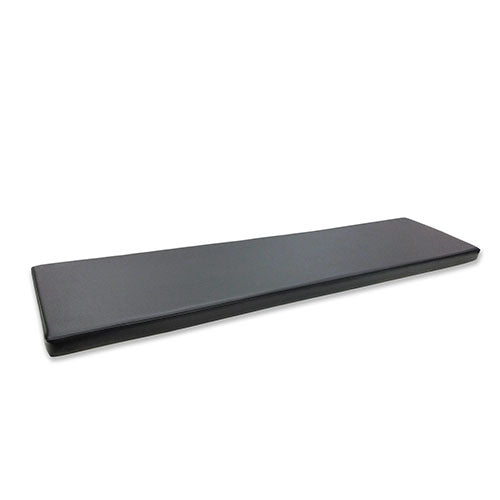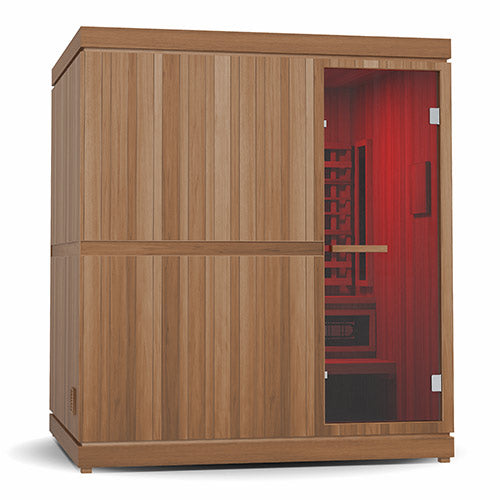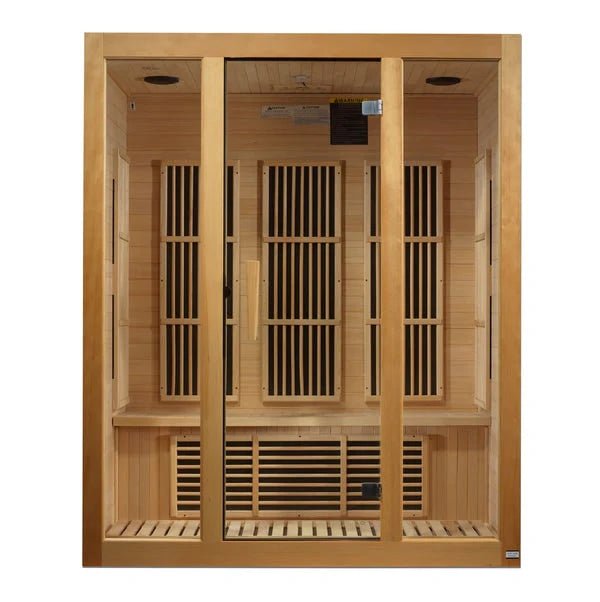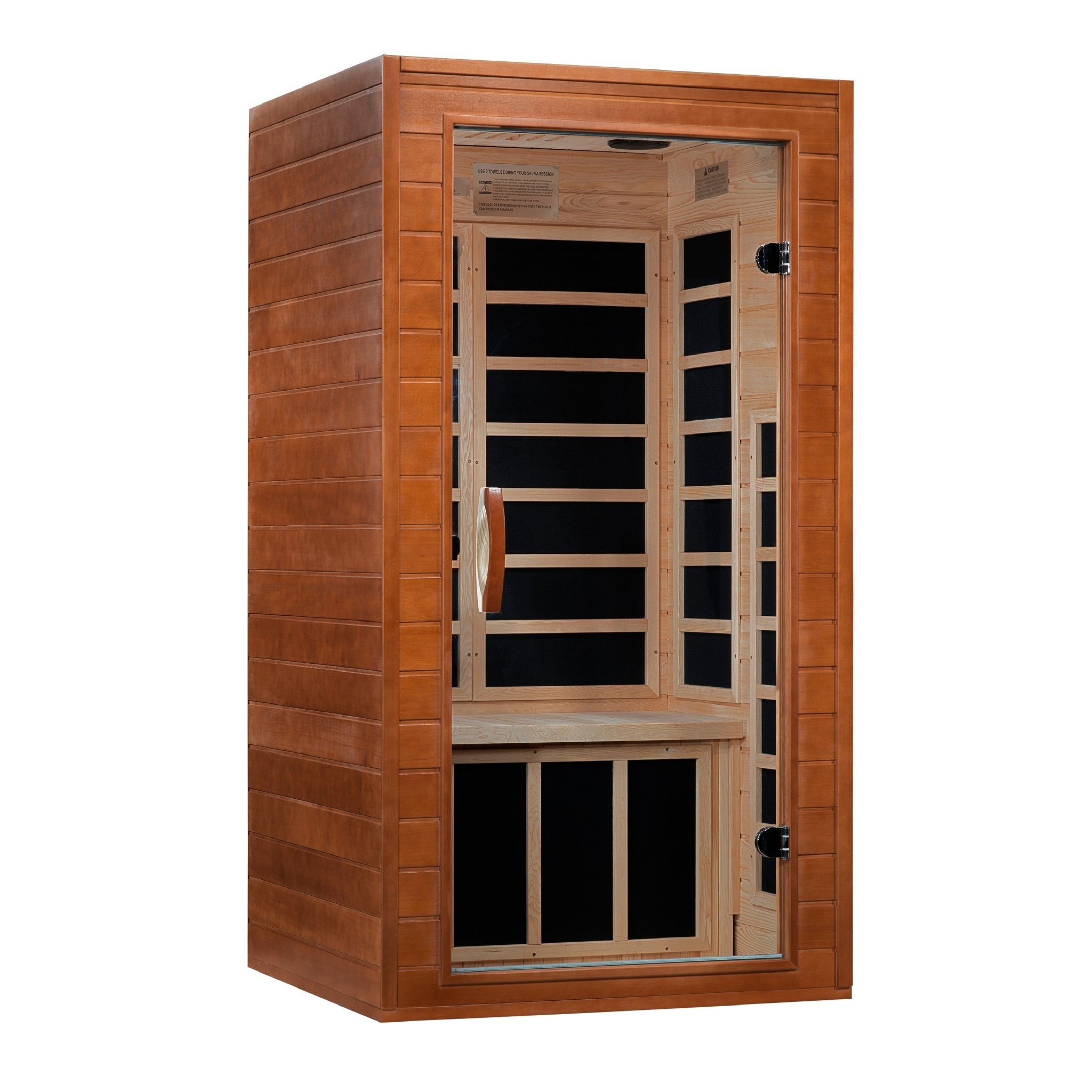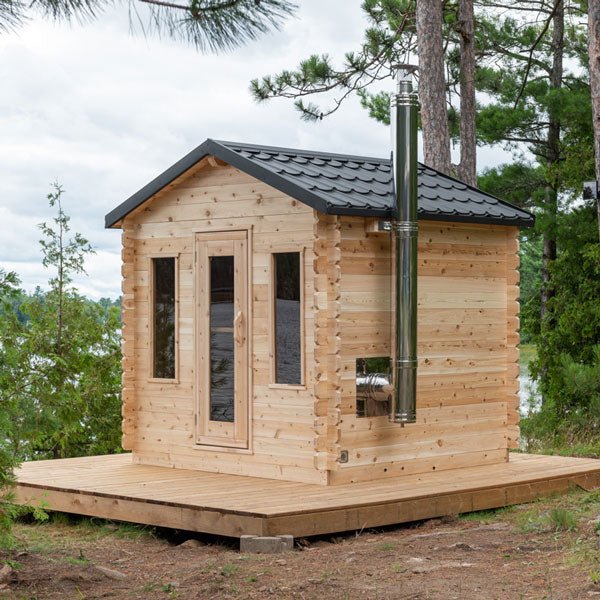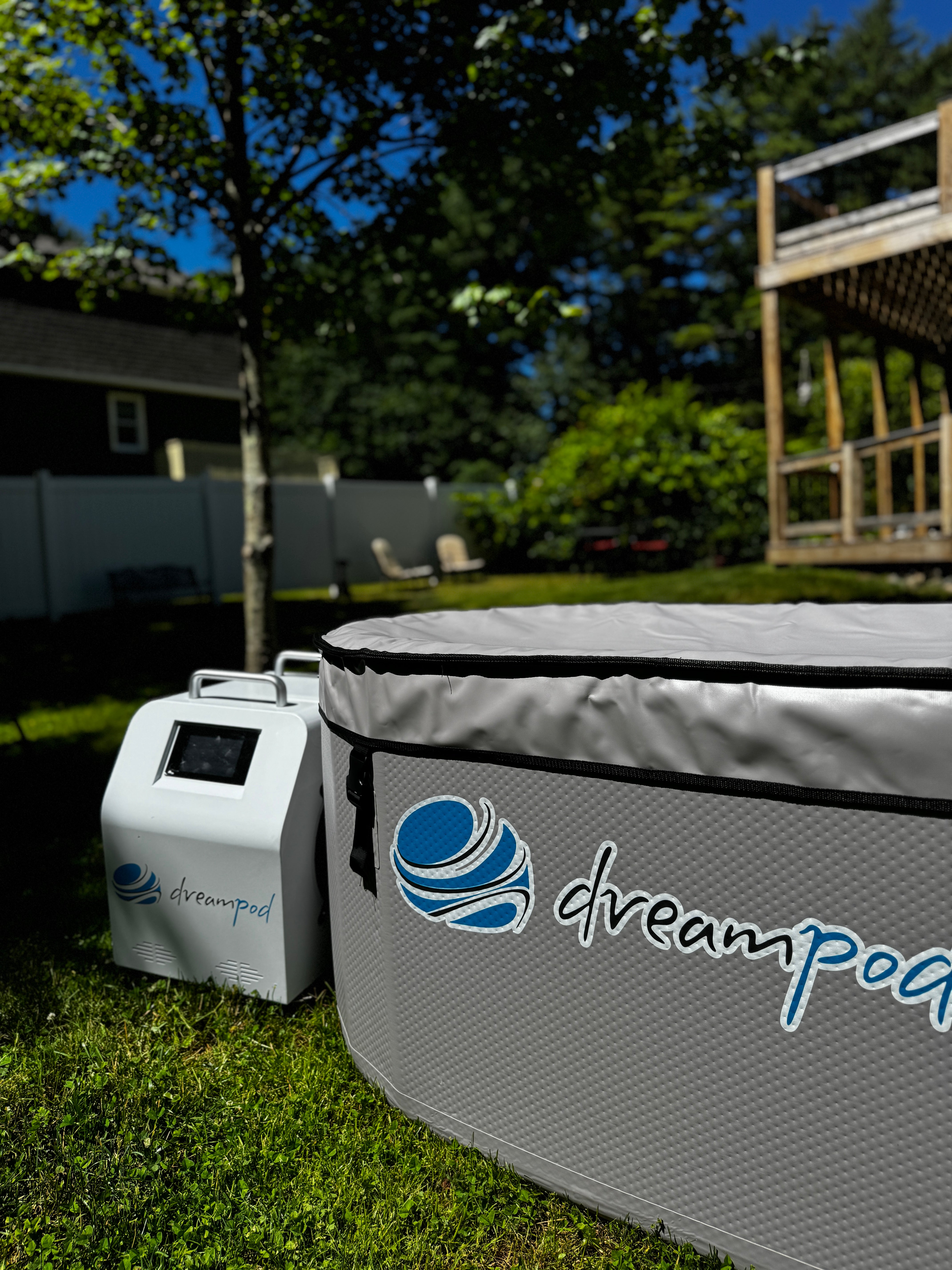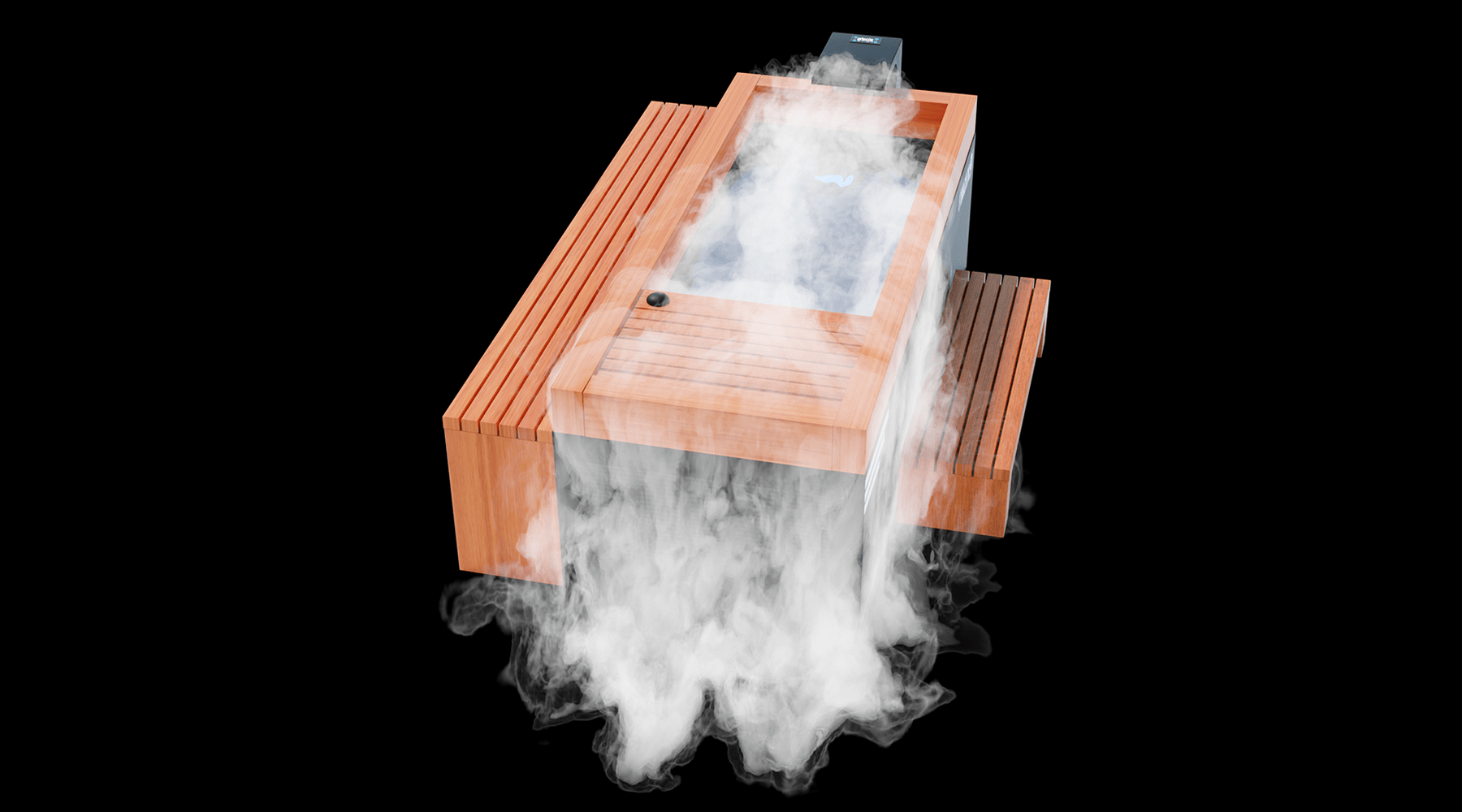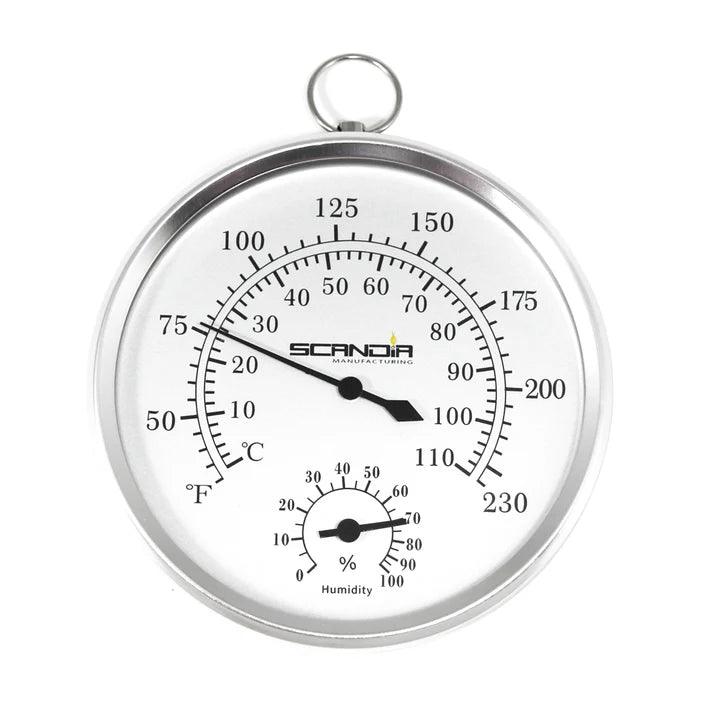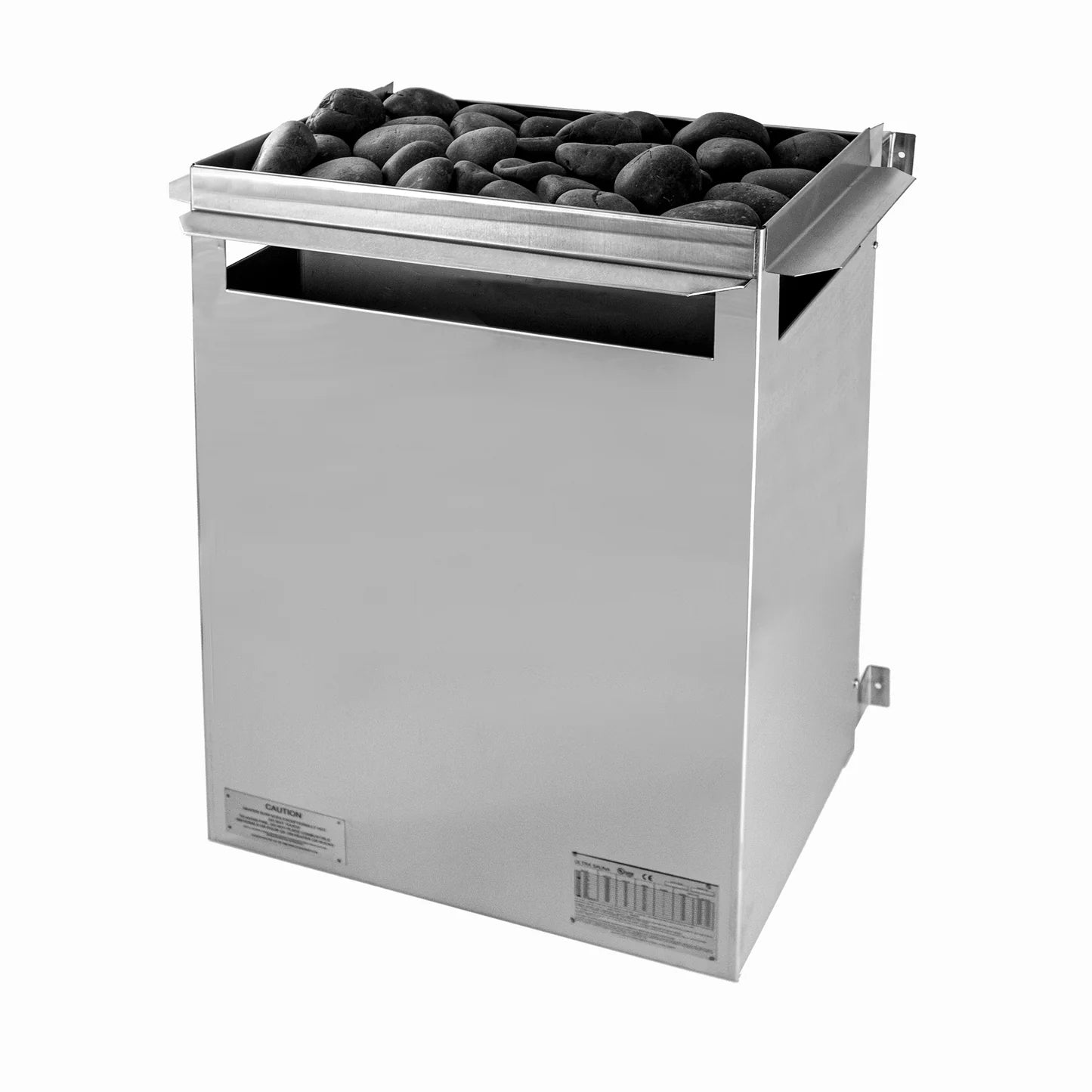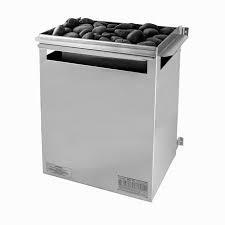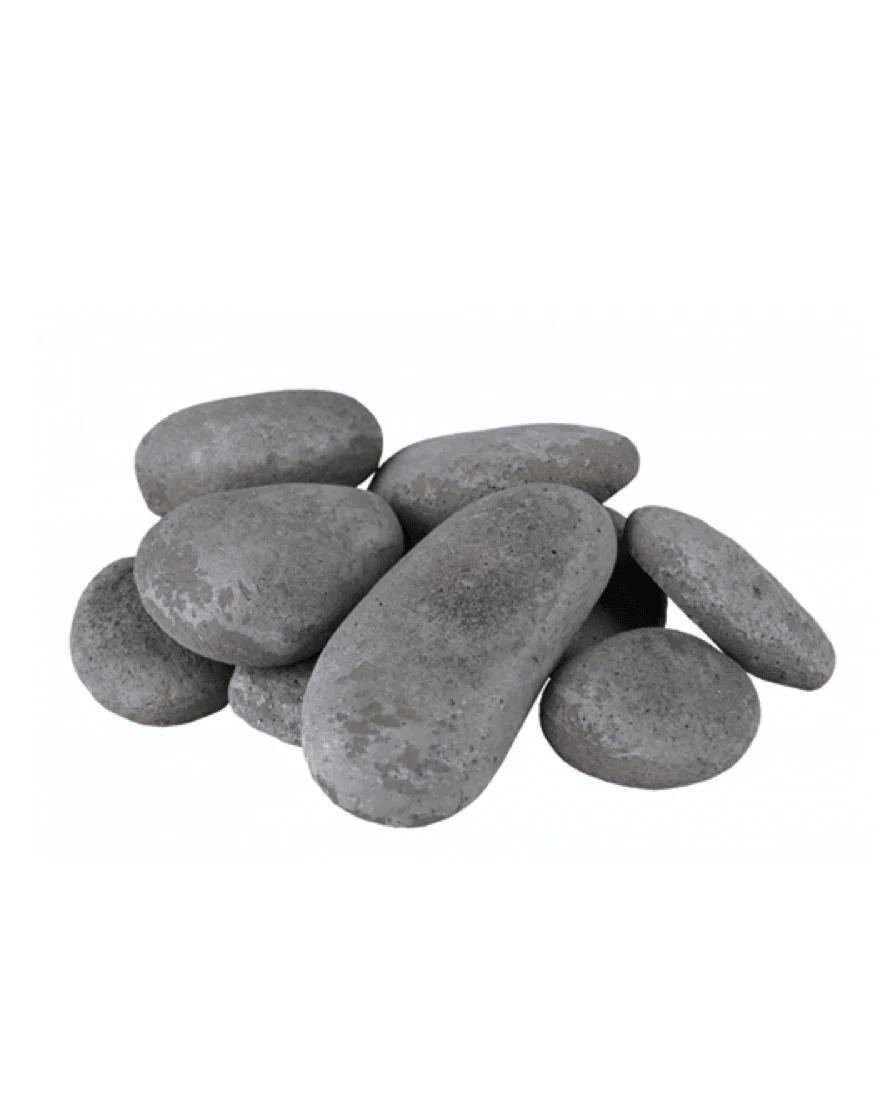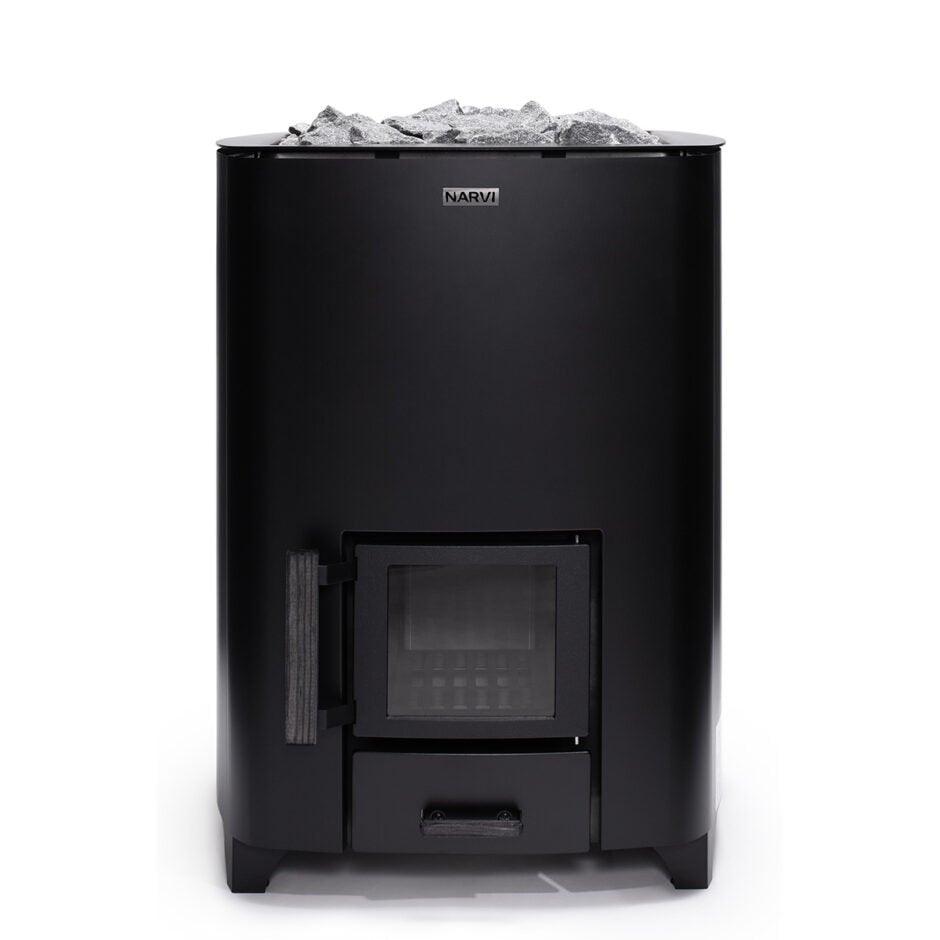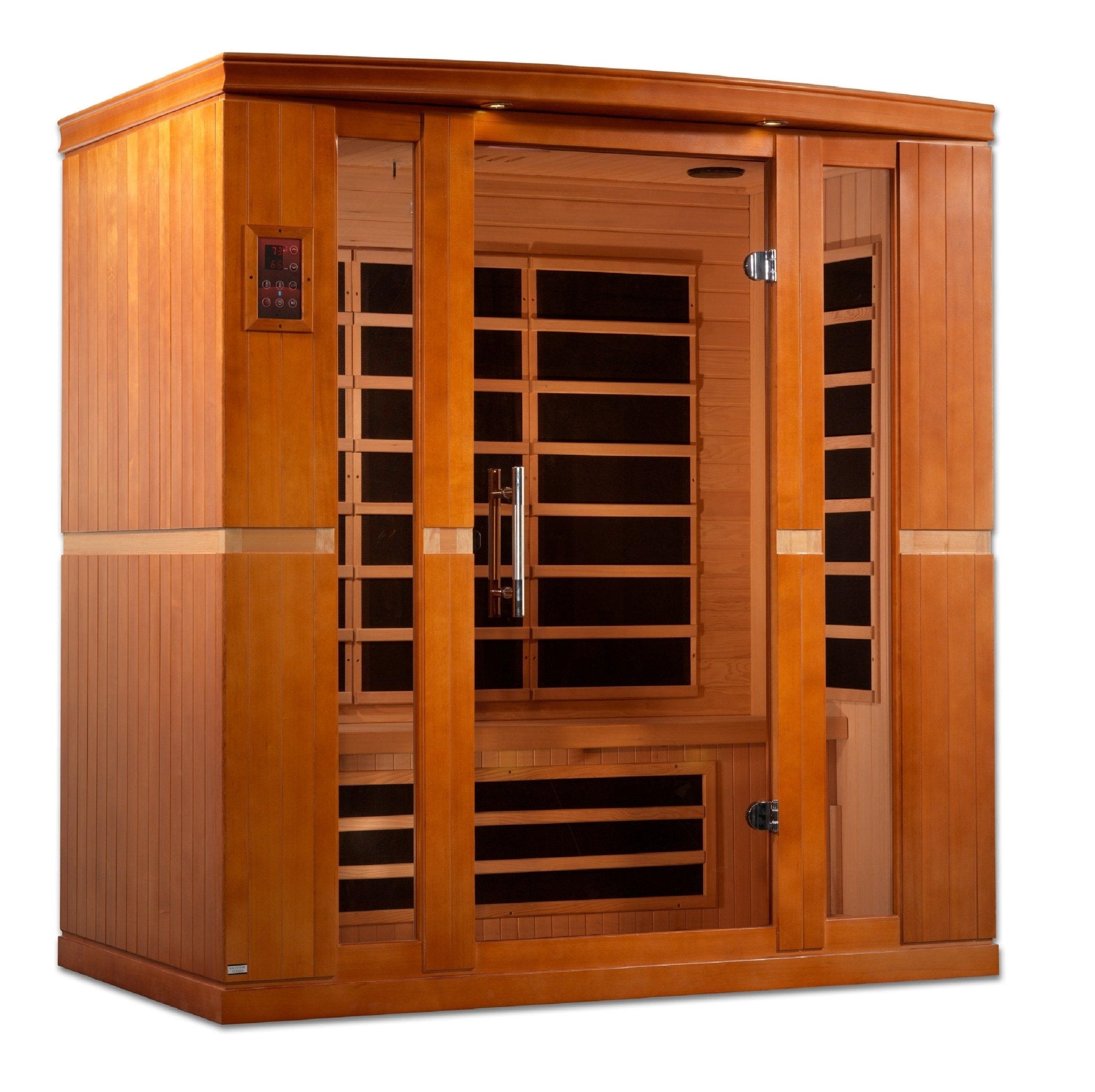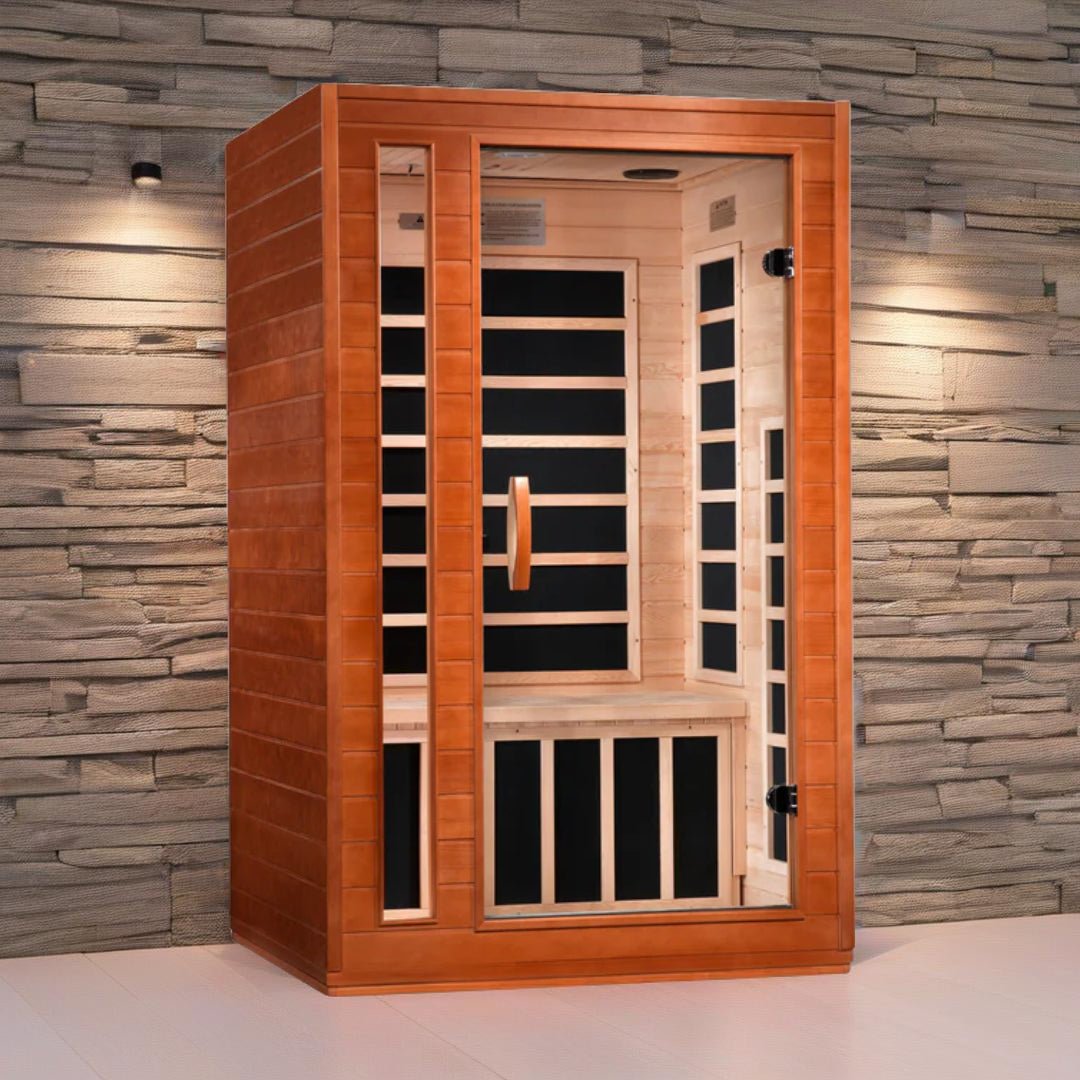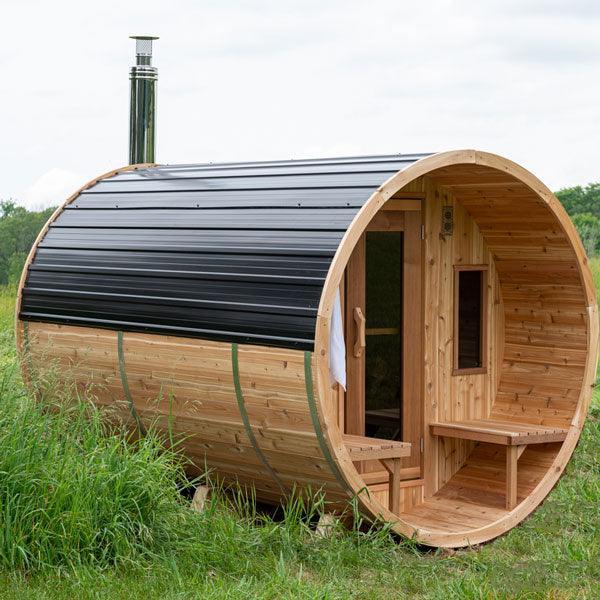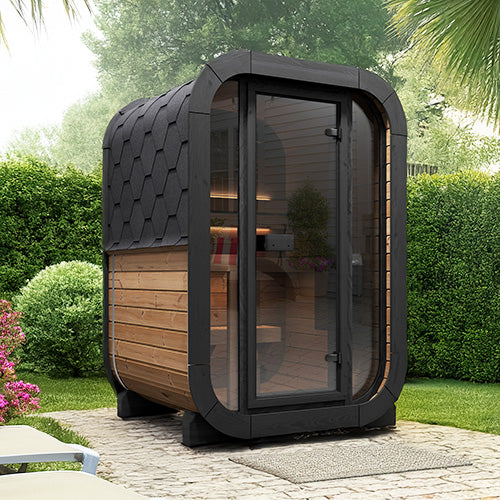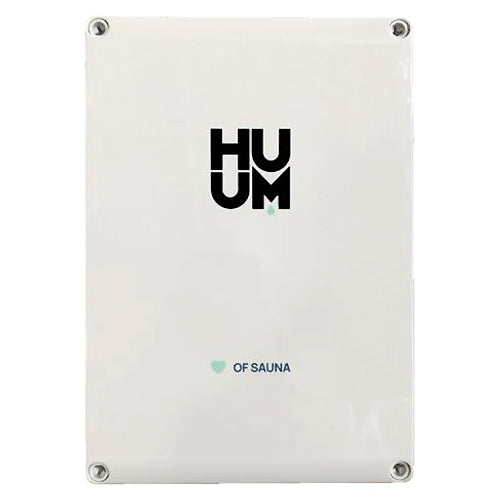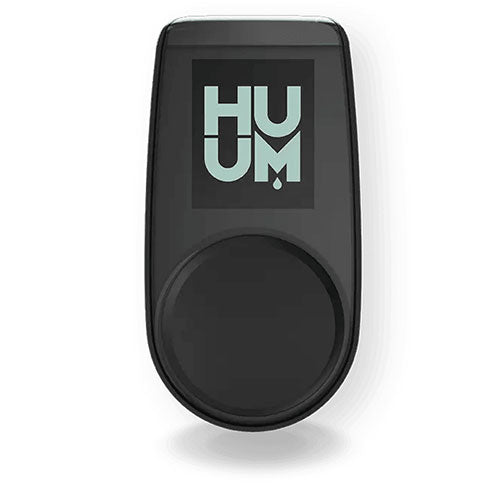
Cold Showers or Ice Baths: Which Is Best for Recovery?
When it comes to post-workout recovery, athletes and fitness enthusiasts frequently debate the merits of cold showers versus ice baths. Both methods promise to alleviate soreness, reduce inflammation, and enhance overall recovery. But which one truly stands out? Let's dive into the details.
What Are the Benefits of Cold Showers?
Cold showers are often touted for their invigorating effects. The primary benefits include:
- Improved Circulation: Cold water constricts blood vessels, which can help reduce swelling and inflammation.
- Enhanced Mood: Exposure to cold water can trigger the release of endorphins, promoting a feeling of well-being.
- Convenience: Taking a cold shower is easier and quicker than preparing an ice bath.
How Do Ice Baths Aid Recovery?
Ice baths, or cold water immersion, involve submerging the body in ice-cold water for a set duration. The benefits include:
- Reduced Muscle Damage: Ice baths can help minimize micro-tears in muscles after intense workouts.
- Decreased Inflammation: Similar to cold showers, ice baths help reduce swelling by limiting blood flow to affected areas.
- Faster Recovery: Athletes often report feeling less sore and recovering faster after ice baths than other recovery methods.
Cold Shower vs. Ice Bath: Which Is More Effective?
While both methods have their advantages, the choice often depends on personal preference and specific recovery needs.
Cold showers are generally easier to incorporate into daily routines, while ice baths may provide more significant benefits for high-intensity athletes. In a recent study, participants who used ice baths reported lower perceived soreness compared to those who only took cold showers.
However, it's essential to consider individual tolerance to cold and the specific goals of recovery. Some may find ice baths too uncomfortable, while others may prefer the refreshing sensation of a cold shower.
What Do Experts Recommend?
Experts often suggest a combination of both methods for optimal recovery. For instance, starting with a cold shower to wash off sweat, followed by a brief ice bath, can maximize benefits. Additionally, incorporating other recovery techniques, such as massage or floatation therapy, can complement these methods. Interested in exploring options? Check out our cold plunge products for more recovery tools!
FAQs
1. How long should I stay in an ice bath?
Most recommendations suggest 10 to 15 minutes in an ice bath, but it's crucial to listen to your body and avoid overexposure to cold.
2. Can cold showers replace ice baths?
While cold showers can aid recovery, they may not provide the same level of benefits as ice baths, especially for intense workouts.
3. How often should I use ice baths?
Frequency can vary; many athletes use ice baths after intense training sessions or competitions, while others may use them weekly.
4. Are there risks associated with ice baths?
Yes, overexposure can lead to hypothermia or frostbite. It's essential to monitor your time and body temperature.
5. What is the best temperature for an ice bath?
The ideal temperature for an ice bath is typically between 50-59°F (10-15°C).
6. Can I combine cold showers and ice baths?
Absolutely! Many athletes find that alternating between cold showers and ice baths enhances their recovery process.
7. Do cold showers help with muscle soreness?
Yes, cold showers can reduce muscle soreness and improve recovery times, although they may be less effective than ice baths.
In summary, both cold showers and ice baths offer unique benefits for recovery. Depending on your goals, preferences, and comfort levels, you might choose one over the other or even combine them for optimal results. Explore our sauna collection for additional recovery options that complement these cold therapies!
Author Bio: A fitness enthusiast and wellness coach with over a decade of experience, dedicated to helping individuals optimize their recovery and performance through evidence-based practices.
View More Articles



